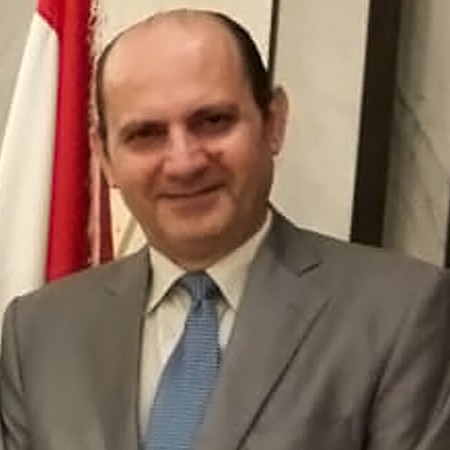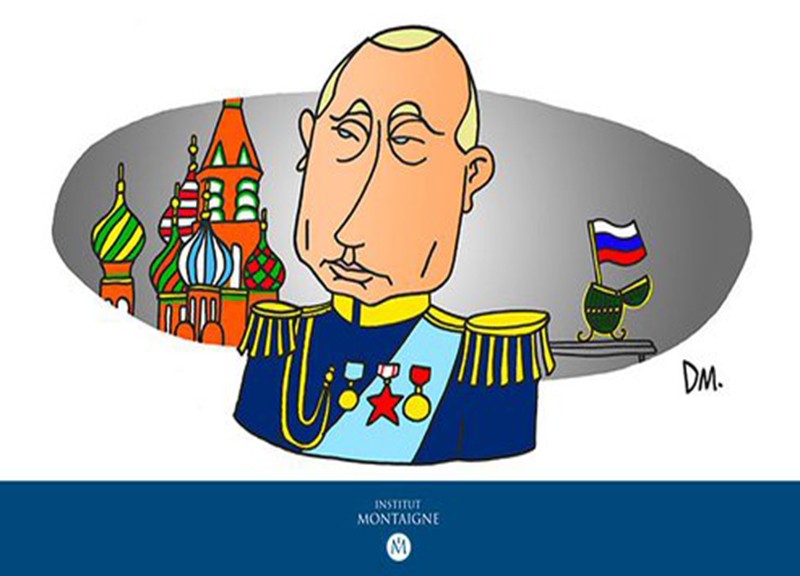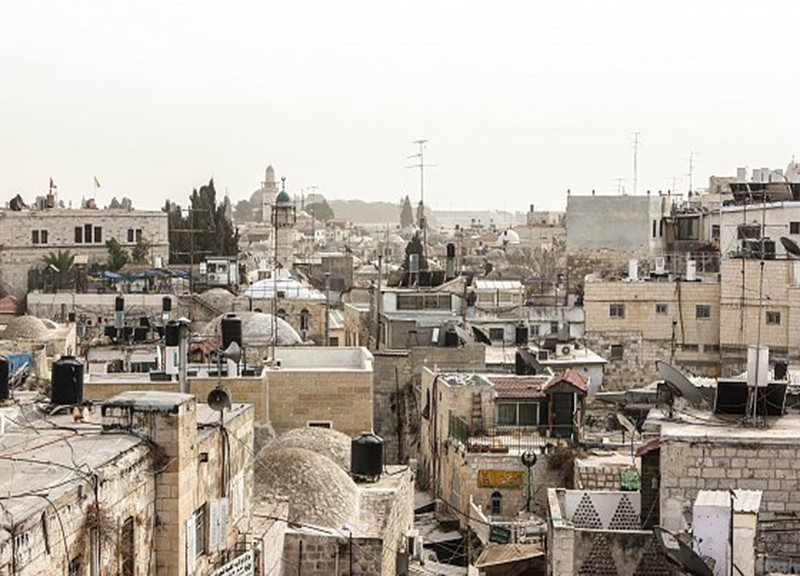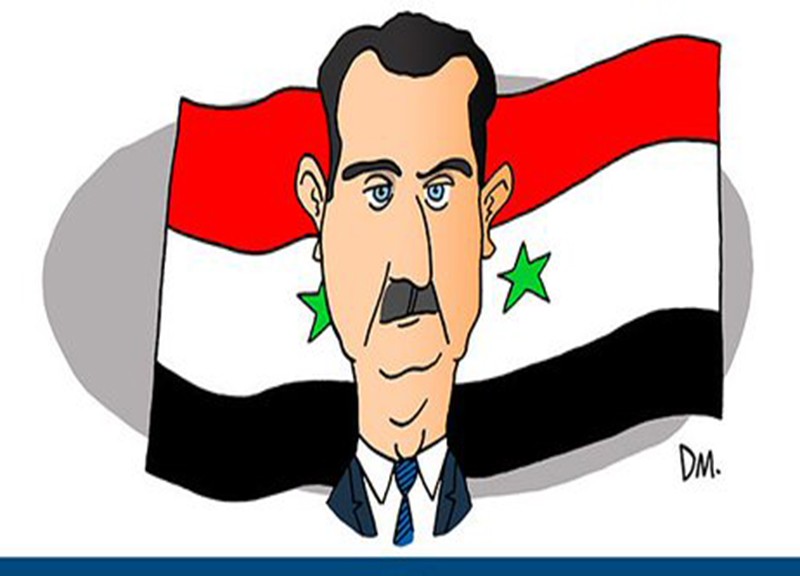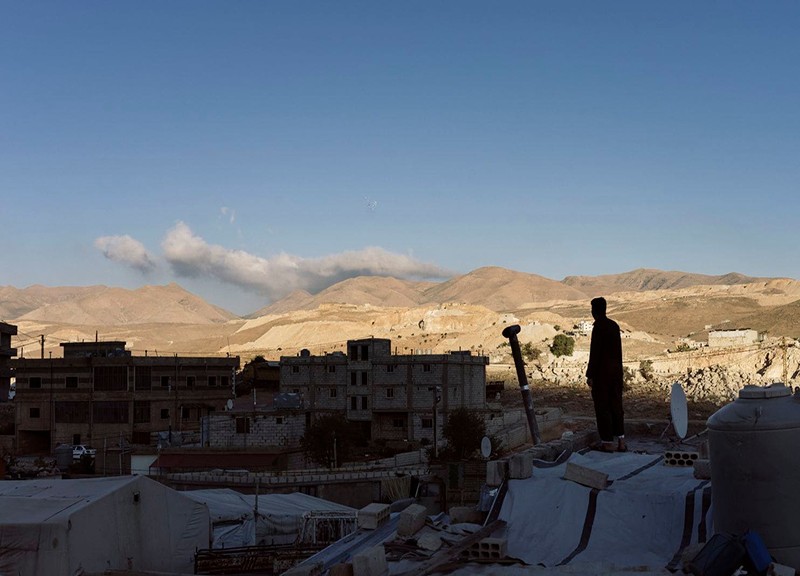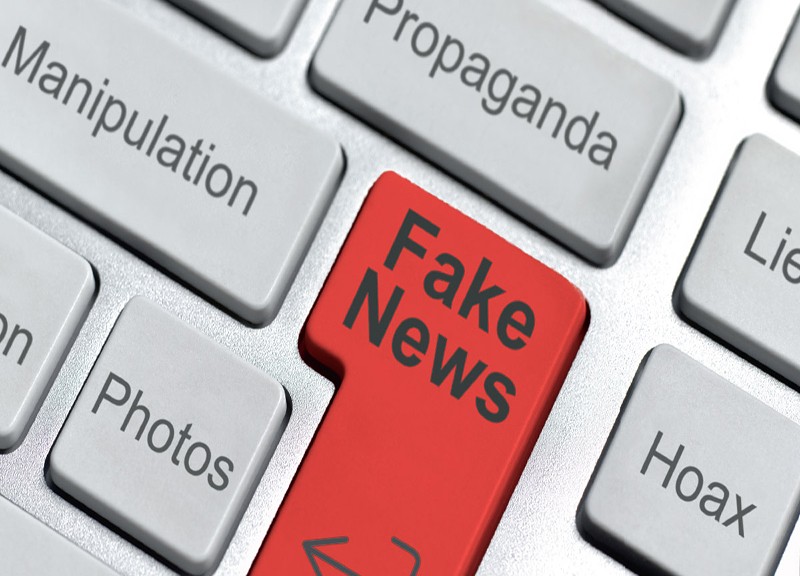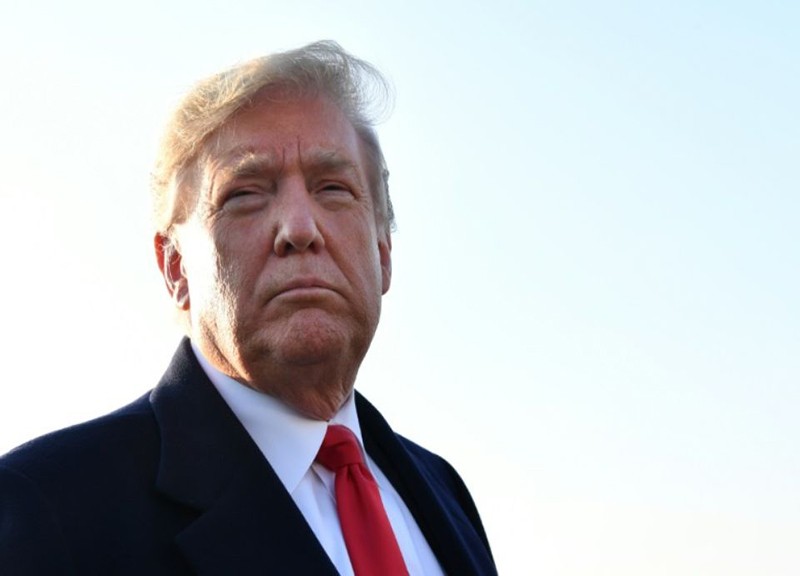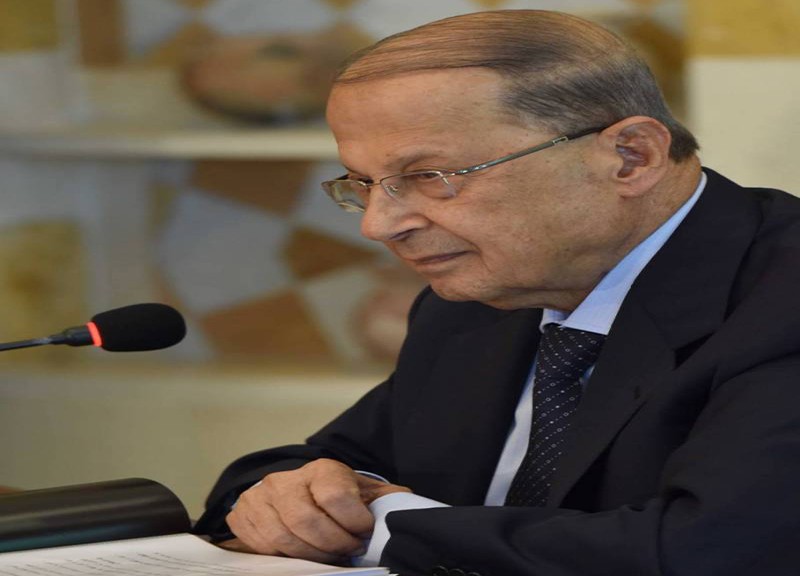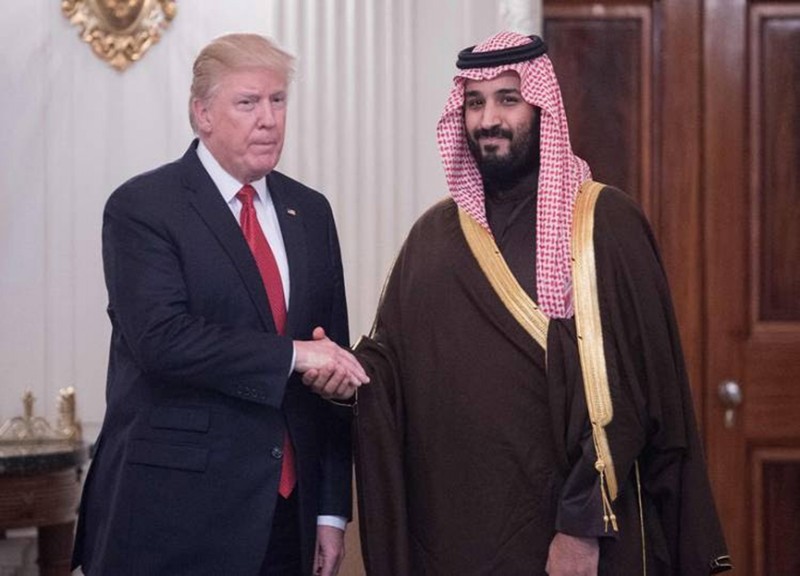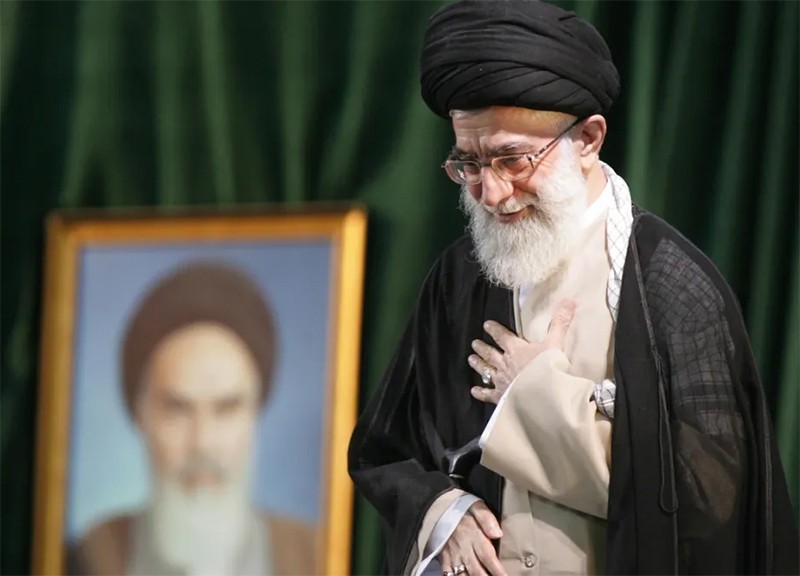
Iran’s aging supreme leader is ensuring that any successor will stay the course.
By Reuel Marc Gerecht, FP
Earlier this month, Iran conducted elections for its parliament and the Assembly of Experts, a body of elderly clerics nominally responsible for choosing the next supreme leader. The massive disqualification of candidates in both elections by the regime caused many Iranian voters to ignore these races. That does not mean the West should ignore them, in particular the election for the assembly, which will anoint the next supreme leader.
The ideologically narrow composition of that body shows that the current supreme leader, the 84-year-old Ayatollah Ali Khamenei, has decided to prepare for his succession by ensuring that his choice won’t be derailed by dissent within the ruling elite. He has also thereby guaranteed that Iran’s proxy conflicts and nuclear aspirations—assuming that the regime doesn’t get the bomb before he dies—will continue to roil the Middle East.
The last and only time that Iran chose a new supreme leader was in 1989, when the founder of the Islamic Republic, Ayatollah Ruhollah Khomeini, died. At the time, the regime still enjoyed a measure of popular support, and the Iranian political elite stood united. The selection of Khamenei as Khomeini’s successor may have surprised many, given the former’s lackluster religious credentials, but the political elite quickly mobilized behind him. The regime survived its first succession with relative ease.
Today, all the elements that made the 1989 succession work are absent. The bonds between state and society are severed. According to regime-sponsored research, more than 70 percent of the population wants religion and state separated. Discontent is widespread, not least because 60 percent of Iranians now live in relative poverty. Even the poor and pious, once the mainstay of popular support for the regime, have taken to the streets in sufficient numbers to disquiet the theocracy. Class divisions have never been starker, and corruption is rampant.
For more than 20 years, Khamenei has relentlessly winnowed the political elite, turning many former establishment members into disgruntled outliers and dissidents. In the current round of elections, the regime disqualified scores of regime loyalists who still didn’t pass muster. Khamenei has staffed all the critical sectors of government with the likes of President Ebrahim Raisi, a dull but sinister functionary.
Disenfranchised members of the elite understand that they don’t have a bright future in the post-Khamenei era. Former President Hassan Rouhani loudly complains about his predicament, while Mohammad Khatami, the first and last reforming president to have any power, warns that “there is no sign of the ruling system’s desire for reform and avoiding the mistakes of the past.”
First-generation revolutionaries tend to be better at sustaining dictatorships. They can draw on their experience as oppositionists, knowing firsthand the mindset and tactics of those who conspire against the status quo. Khamenei, who has outmaneuvered and humbled so many men with more impressive revolutionary credentials, has the fight against the Iranian monarchy during the 1970s as his reference point. At the time, the shah was in the process of liberalizing the political system with Western-style reforms, which led to massive demonstrations and strikes that eventually toppled the monarchy.
The supreme leader, who sees Westernization as the impulse behind calls for political reform, is determined not to make the same mistake. It’s a gamble: Iran is facing daunting headwinds, and a more diverse ruling cadre might better manage the increasing disorder. As multiple waves of nationwide demonstrations have shown since 2009, large sections of the Iranian population are angry and rebellious. Iran’s systemically rotten economy, undermined by socialism, corruption, and sanctions, keeps the regime off-balance. Economic grievances—stemming from widespread impoverishment and inflation close to 50 percent in 2023—have repeatedly sparked deadly political protests.
In contrast to Russian President Vladimir Putin’s ability to mobilize Russian nationalism for his invasion of Ukraine, the Iranian regime’s grab for hegemony in the Middle East hasn’t stirred Persian nationalism to the leadership’s advantage.
The convulsions that Khamenei has set off in the region will surely remain after his death. His approach to the Middle East, after all, has been successful in gaining Iran a great deal of influence without bankrupting the country. Abandoning Khomeini’s distaste for foreign alliances, Khamenei has put Iran firmly into profitable partnerships with Russia and China.
The strategic benefits have been large: Moscow provides a lively trade in weaponry, and Beijing offers the financial lifeline that insulates Iran against U.S. sanctions. Both allies show no interest in curtailing the clerical regime’s ever-advancing nuclear program. And Khamenei’s proxy strategy—creating and subsidizing Islamist militias in fractured Arab lands—has proved resilient and difficult to counter by Iran’s victims and adversaries.
The clerical regime’s broadly successful bid to dominate the northern Middle East has cost relatively few direct Iranian casualties; the incorporation of Yemen’s Houthis into the holy war against Israel and the United States has given Iran an enormous return on investment in the south. Unlike the traditional Iranian clergy, Khamenei has an ecumenical disposition towards Shiite and Sunni groups—and has deeply ingrained that approach into Iran’s Middle Eastern strategy.
For the future, Khamenei has created a system that is now more or less plug-and-play, in which his successor doesn’t have to be nearly as accomplished to reap similar results. After the Trump administration’s assassination of Islamic Revolutionary Guard Corps mastermind Qassem Suleimani, his far less awe-inspiring successor, Esmail Qaani, has not fallen behind his predecessor in utilizing proxies to attack the regime’s enemies. Once upon a time, Iran’s nuclear program depended on critical engineers, who then became targets of Israeli assassinations. Now, the program seems to operate on autopilot.
Khamenei’s grand designs, however, remain weak at the core. Most Iranians are in neither an Islamist nor an imperialist mood. If the Americans or Israelis want to checkmate Iran, they will need to fight it from the center out—by overloading the theocracy’s capacity to cope with its citizenry’s anger.
Khamenei inherited, augmented, and co-opted key institutions of the Islamic Republic—including the supreme leader’s office, the Islamic Revolutionary Guards Corps, the Special Clerical Court (which tries refractory mullahs), and the Expediency Council (which adjudicates the propriety of all legislation and the fitness of all officeholders). He has repeatedly defied expectations—including by Western foreign ministries, intelligence services, and commentators—that he and the regime would soften with time and develop a more peaceful modus vivendi with Iran’s regional neighbors and the United States.
Instead, the regime has hardened, not least due to Khamenei’s predilection for advancing the men who participated in some of Iran’s grimmest actions. And given the way that Khamenei is managing his succession—of which we saw the clearest sign with the closely managed elections this month—the regime could well be even more hardcore under the next supreme leader.
After Khamenei, confronting Iran will remain a daunting task, requiring Washington to accept some hard truths. Khamenei has put Iran, the Middle East, and the United States on an escalatory dynamic that will outlast him and could lead to a bloody, sporadic exchange lasting many years. Piling on sanctions is necessary but certainly insufficient. Attacking Iran’s proxies in the region has also been largely ineffective, given the regime’s indifference to Arabs martyring themselves for its cause.
To contain Iran, let alone roll back its influence in the Middle East, Washington must find additional ways to directly confront Tehran with the costs of its belligerence—including hard power applied to Iranians. Doing so before Khamenei dies would put a lot of stress on the theocracy, which has clearly shown that it wants to diminish the United States and its allies while avoiding a direct confrontation with a superpower. Further U.S. retrenchment in the Middle East is unlikely to lead to peace and stability in the region.




